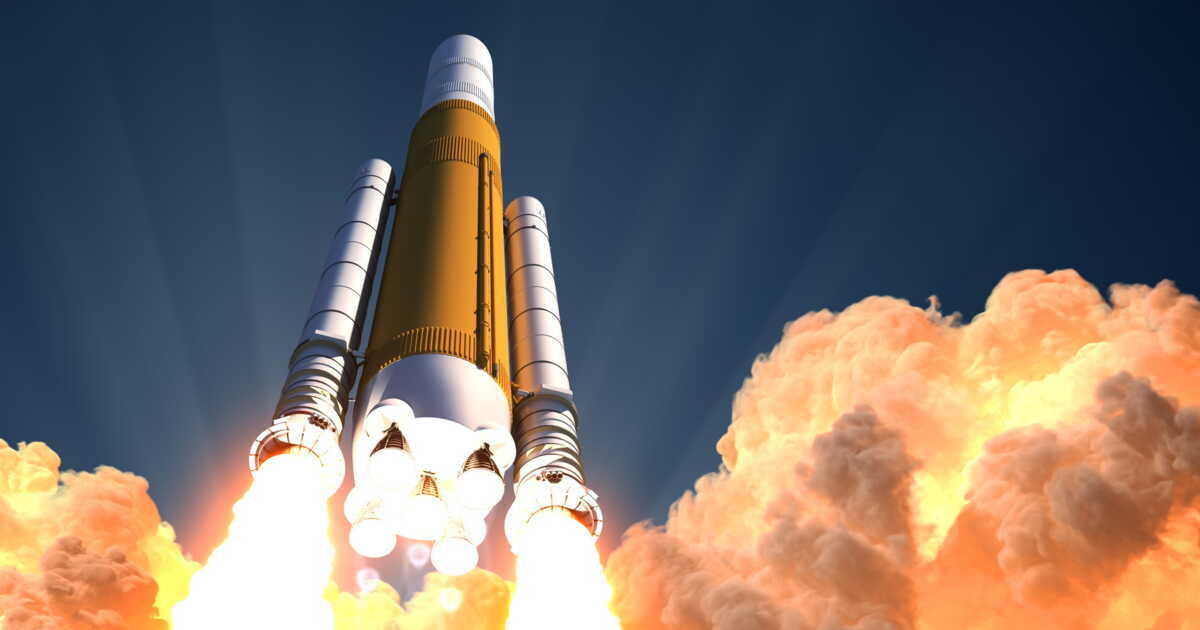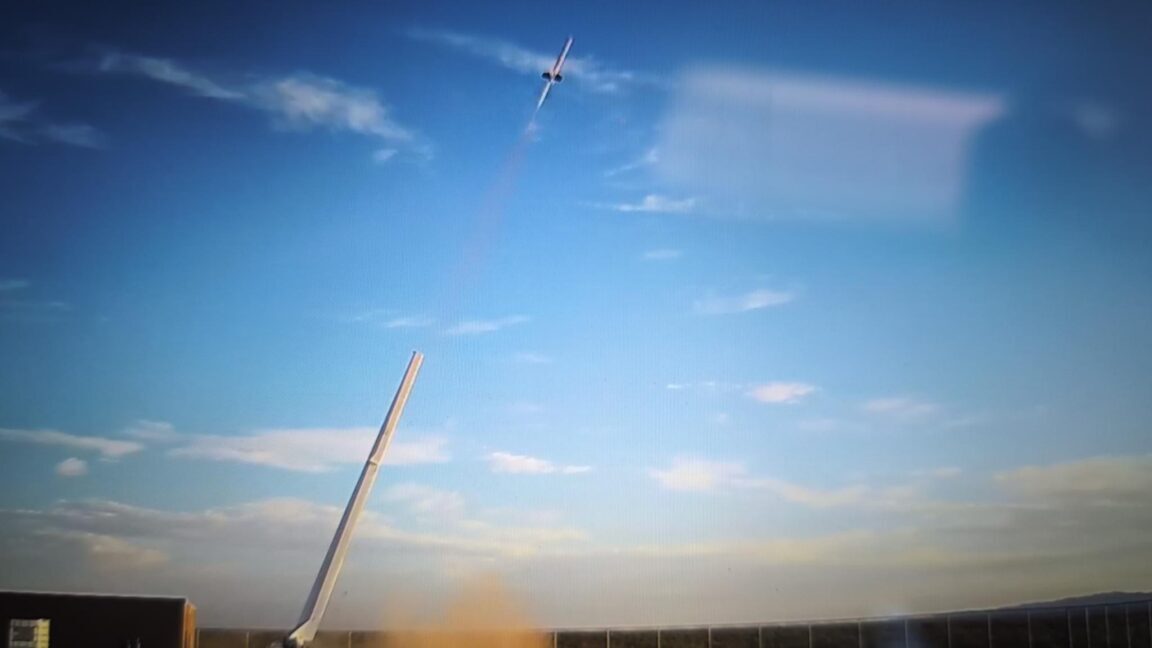Ce moteur-fusée géant de 48 m, destiné au retour lunaire, vient de réussir ses premiers essais : un pas de géant pour Artemis !
https://www.geo.fr/sciences/48-metres-de-long-le-moteur-fusee-geant-cree-pour-retourner-sur-la-lune-fait-ses-premiers-essais-227437
#espace #science #technologie
#Artemis #SLS #lunarReturn
#superheavy #rocketengine #Artemis





